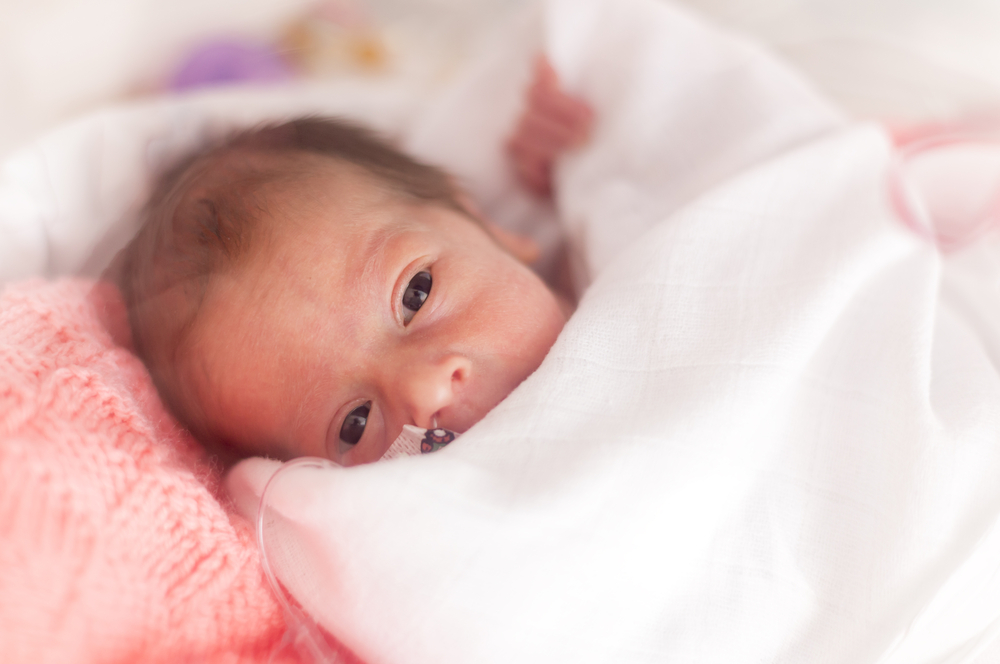Services
Nurse Paralegal USA offers an array of services to provide our attorney clients with a detailed workup of each case.
- Request medicals (by letter and/or subpoena)
- Bates stamp and organize medicals
- Chronologies in Excel spread sheet allowing for sorting by provider, date or search term
- Narrative Case Synopsis
- Medical Expense Summaries in Excel spread sheet allowing for sorting by provider
- Screen medical malpractice cases for merit
- Draft submission to Medical Review Panel
- Prepare pleadings and discovery
- Medical Cost Projections
- Expert witness search/vetting





